How to Store and Ship Trading Cards
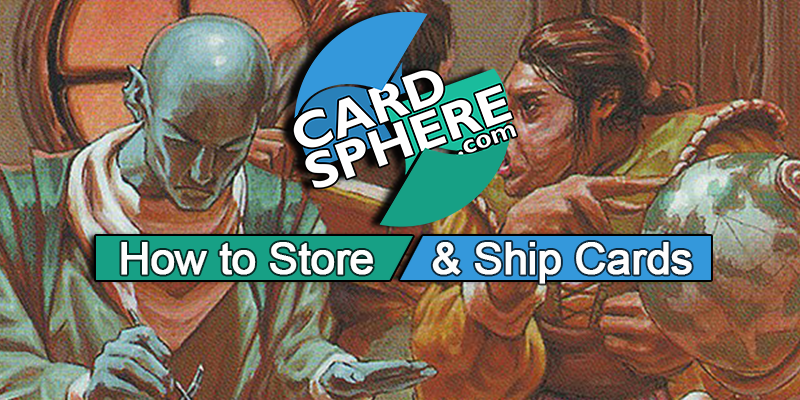
(Trade Routes | Art by Matt Cavotta)
Friendly greetings and welcome to Tricks of the Trade. I'm John Sherwood, fellow trader and Magic player. Hopefully you know me from my Digital Deckbuilding series on EDHREC. If not, please check out my EDHREC content. Tricks of the Trade is all about improving your quality of life as a Cardsphere trader, and cultivating the kinds of exchanges that will encourage people to trade with you again. Before exploring Cardsphere itself, we're starting this series with the analog aspects of trading Magic cards. Card storage and packaging is the foundation of your reputation with the rest of the Cardsphere community. So let's look at how to store and ship cards.
Storing Cards
Have you ever seen a card with an indentation on one edge? Some people call it "binder bite" because three-ring binders cause damage like the crease shown below. Card storage sheets for three-ring binders are cheap and accessible, but buyer beware: three-ring binders can bite into a card's value.
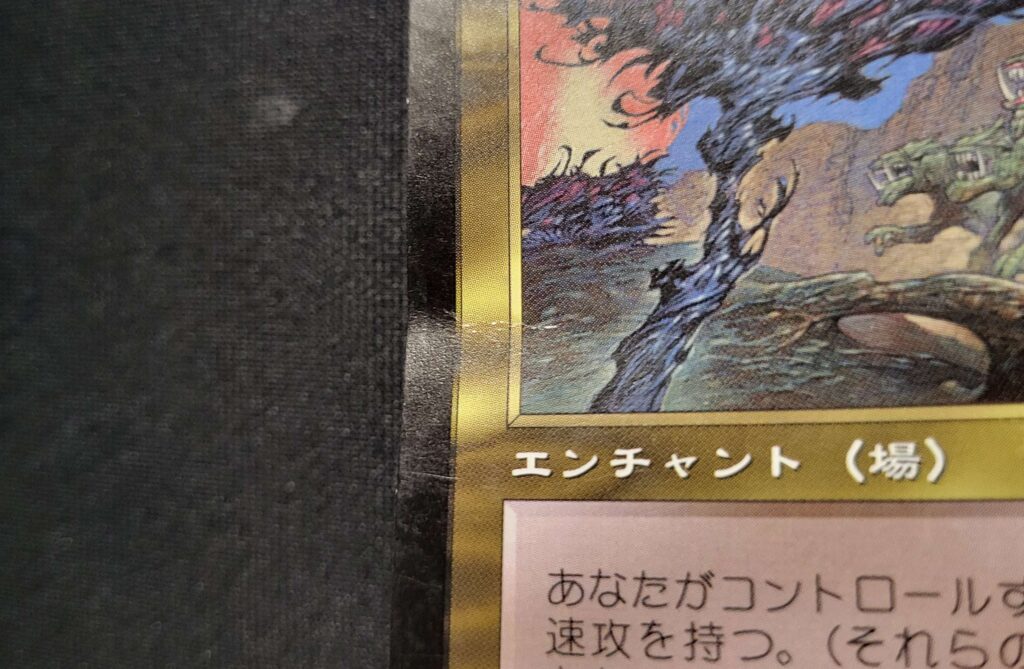 Binder bite (queue ominous sound effect)
Binder bite (queue ominous sound effect)
The example above should be graded as Heavily Played (HP) based on Cardsphere's condition guide, because of "minor denting." This card is still sleeve playable, but in extreme cases, cards with binder bite are "Not Tradeable" due to a tear or delamination. If you're offering a card in this condition, sending an image to potential buyers can prevent disputes.
Card Binders
For valuable singles, we recommend card binders or albums with smooth bindings. While a quality card binder is great for protection and organization, these are not cost-effective for storing bulk. You can find card-friendly binders at your local card shop, major retailers and from your everyday e-commerce empire.
Boxes
Cardboard boxes are the most economical option for storing bulk cards. There are a few manufacturers of inexpensive cardboard boxes sized specifically for trading cards. Boxes from Magic: the Gathering booster bundles are also sized for bulk card storage. For more invested collectors and traders, there are also plastic card storage boxes, which cost a little more and last a lot longer. Your bulk card storage should not allow cards to collide edge-to-edge or slide freely over each other. Consequences of loose storage include scuffs, scratches and worn edges and corners. Preventing this damage requires a secure fit in a properly sized box. If a card box is not completely full, find something soft to fill the empty space.
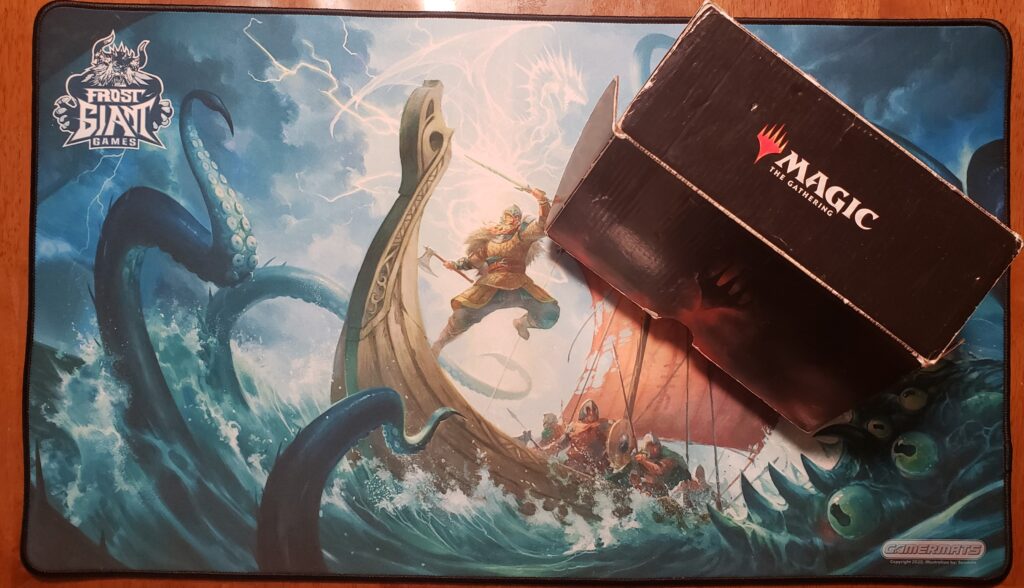 Boxes and mats are just as important for trading as they are for playing.
Boxes and mats are just as important for trading as they are for playing.
Playmats
Many card game players use playmats to show off their personal style and protect their decks from rough or sticky tables. The same soft cloth and neoprene pads that protect your cards during gameplay are also great for protecting the value of your trade stock. We recommend handing cards on a clean playmat anytime they're out of the box or binder.
Packaging Cards
Cardsphere offers a few other resources on the topic of packaging card orders. Every Cardsphere user should be familiar with the Trade Guide, which includes a link to a great video tutorial by Josh Moore.
Sleeves
While you don't have to store every card in a sleeve, we do ask that you ship every card in sleeves. According to the Trade Guide:
Cards should be protected against surface damage (scratching and scuffing) by enclosing them inside soft penny sleeves. “Perfect Fit” sleeves should contain no more than a single card, otherwise sleeves should contain no more than three cards. Cards of significant value should be individually sleeved.
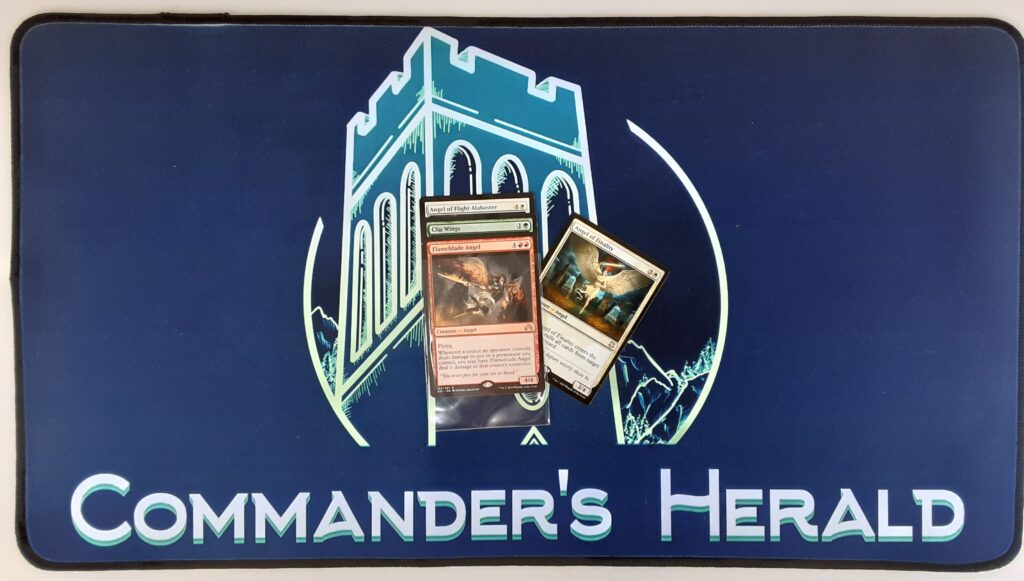 A penny sleeve can hold three bulk cards without damaging them.
A penny sleeve can hold three bulk cards without damaging them.
Apart from the broad range of quality between sleeves, keep in mind sleeves don't last forever. Before re-using an old sleeve to send a trade, take a good look at it. Sleeves often become soiled over time, and that grime can transfer to the cards. Split or otherwise damaged sleeves are also not suitable for shipping.
Top Loaders and Team Bags
A sleeve protects a card from minor hazards, but still requires some care in handling. Top loaders offer additional protection from scratches, tears, and bends beyond the durability of any sleeve. Cards sent through the mail should also be protected from moisture. The best moisture protection for cards in the mail is a sealed team bag. These small plastic bags with an adhesive strip are sized to hold multiple cards.
Shipping Shields
Made of 100% recycled cardboard, Shipping Shields are a conscientious alternative to Top Loaders and Team Bags. Ted Rodney shined a Glaring Spotlight article on Shipping Shields, and three years later, Cardsphere still loves this product.
Binder Pages
Earlier we exposed the hazards of 3-ring binders, but the card storage sheets made for binders are useful for shipping cards. The sheets can be folded to fit in an envelope, or you can lay the pages flat in a document mailer. For more information, check out The Binder Page Method by Matt Bodensteiner.
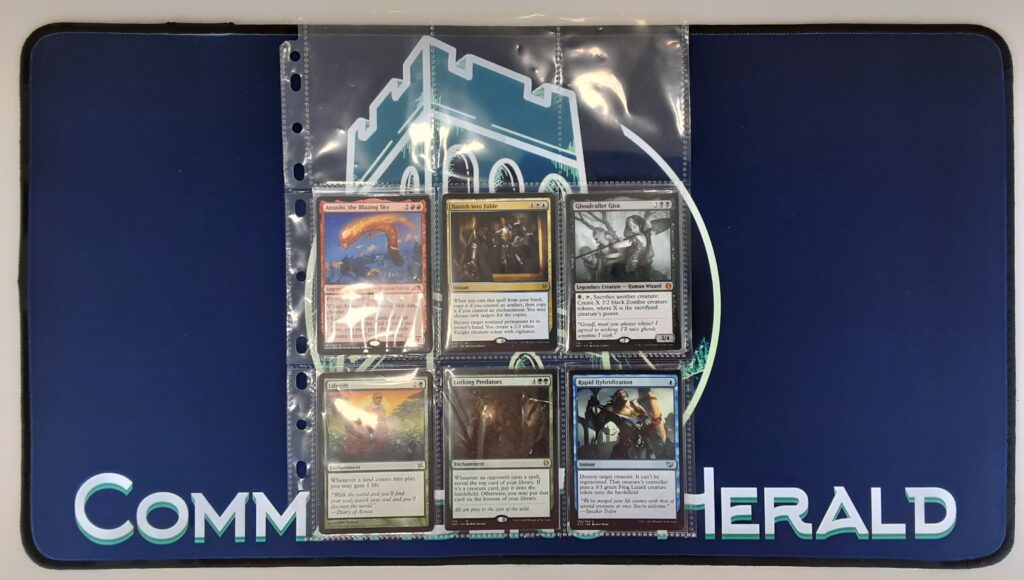 A single nine-card sheet can hold up to 27 cards for shipping.
A single nine-card sheet can hold up to 27 cards for shipping.
Envelopes
Privacy and security are the priorities when choosing an envelope to ship cards. Opaque envelopes and envelopes with security patterns are preferred for small orders. For valuable cards or larger numbers of cards, we recommend rigid cardstock or bubble plastic document mailers. With envelopes, size matters, for the same reason as storage boxes. Cards are more likely to be damaged during shipping if the envelope is too large. If you must use an oversized envelope, tape the packed cards to a sheet of cardstock or other rigid material cut to the size of the envelope. Overstuffing a small envelope is also bad form. This can bend cards, as well as risking envelope failures that can lead to cards lost in the mail.
Tape
Bad tape and bad tape jobs are my personal pet peeves when receiving cards. I cringe every time I see my cards packaged with cellulose (clear plastic) tape. Cellulose tape is typically made for permanent adhesion, and it's difficult to peel without tearing or leaving residue.
Please, for the love of your Cardsphere peers, use painter's tape. The adhesives on painter's or masking tape are gentle, and easier to peel away without leaving residue. The edges of masking tape are easier to catch, regardless of the receivers' manicure. Another advantage to painter's tape is labeling. Being made from paper, it accepts ink, which means you can write your package number on it.
If you use tape to seal a bag or toploader, try folding one end of the tape onto itself to make a removeable tab. Regardless of the type of tape used, this little hack is an act of kindness to the person receiving your shipment.
A Personal Touch
Some of my favorite trades included a personal touch from the sender. Sometimes it was a token that corresponded with the card I ordered. Sometimes it was a stamp, sticker, or business card. Even a hand-written "thanks for trading" can go a long way to make someone's day. Gratitude is a powerful attitude.
Happy Trading
Cardsphere is more than a marketplace; it's a community. By storing and packaging cards with care, you're contributing to a more positive community experience for you and your trading partners. I'm confident following these tips is the first step to getting the most out of your trades. Share your own tips for card storage and packaging in the comments, and until next time, happy trading.
In the next Tricks of the Trade article, we'll talk about using the Cardsphere Condition Guide to properly list your Haves and evaluate cards you received from other Cardsphere users. Feel free to join the Cardsphere Discord, where members can vote in the card condition polls that help us resolve disputes.
